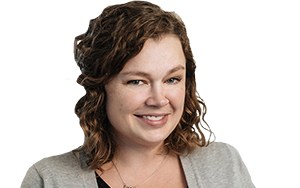Texas Second Graders ‘Show’ Their Pandemic Challenges through Art and ‘Tell’ How Their Teacher Helped them Stay Strong
By Bekah McNeel | July 22, 2021
The Second Pandemic — Averting a Children’s Mental Health Crisis: As many children prepare to return to in-person learning and amid alarming reports from around the world pointing to an escalating crisis surrounding children’s mental health, some communities are rushing to get out ahead of the grim forecasts. In Texas, teachers and mental health care providers are fortifying support systems, investing in kids’ resilience, and expanding what works as they continue to fight for the future of the COVID-19 Generation. This is the third in a three-part series examining those efforts.
Ashley Crandall’s second grade students didn’t like remote learning during the pandemic, and they hated wearing masks.
But they did like keeping their friends and family safe, and, as Crandall told them, the best way to do that was to keep masks up and to social distance.
“It’s bigger than just us,” Crandall reminded the kids when they would complain about the masks. “We have to really think ‘big picture’ about what’s happening in our community.”
Crandall did her best, largely successfully, to keep the scariest parts of the pandemic at bay in her classroom of 19 seven- to nine-year-olds at Democracy Prep at the Stewart Campus on the southeast side of San Antonio ISD which was hit particularly hard by COVID-19.
“They’ve all been impacted in some way,” Crandall said, referring to lost jobs, family members who fell ill or died, and the general anxiety swirling through the community. “School provided a place for students to disconnect from fears that might have been placed on them.”
Because she could provide that safe place, fear, happiness, and relief showed up in artwork the students created for The 74, when they were asked to illustrate the “best” and “most challenging” parts of the year. The drawings conveyed two distinct messages:
First, the kids loved their friends, teacher, and community, and had suffered during remote learning.

Second, the kids saw the value in safety protocols even though they hated the masks.
One girl even added a little second-grader shade to her response, “I like how people couldn’t get in my fase [sic] because of Covid.”
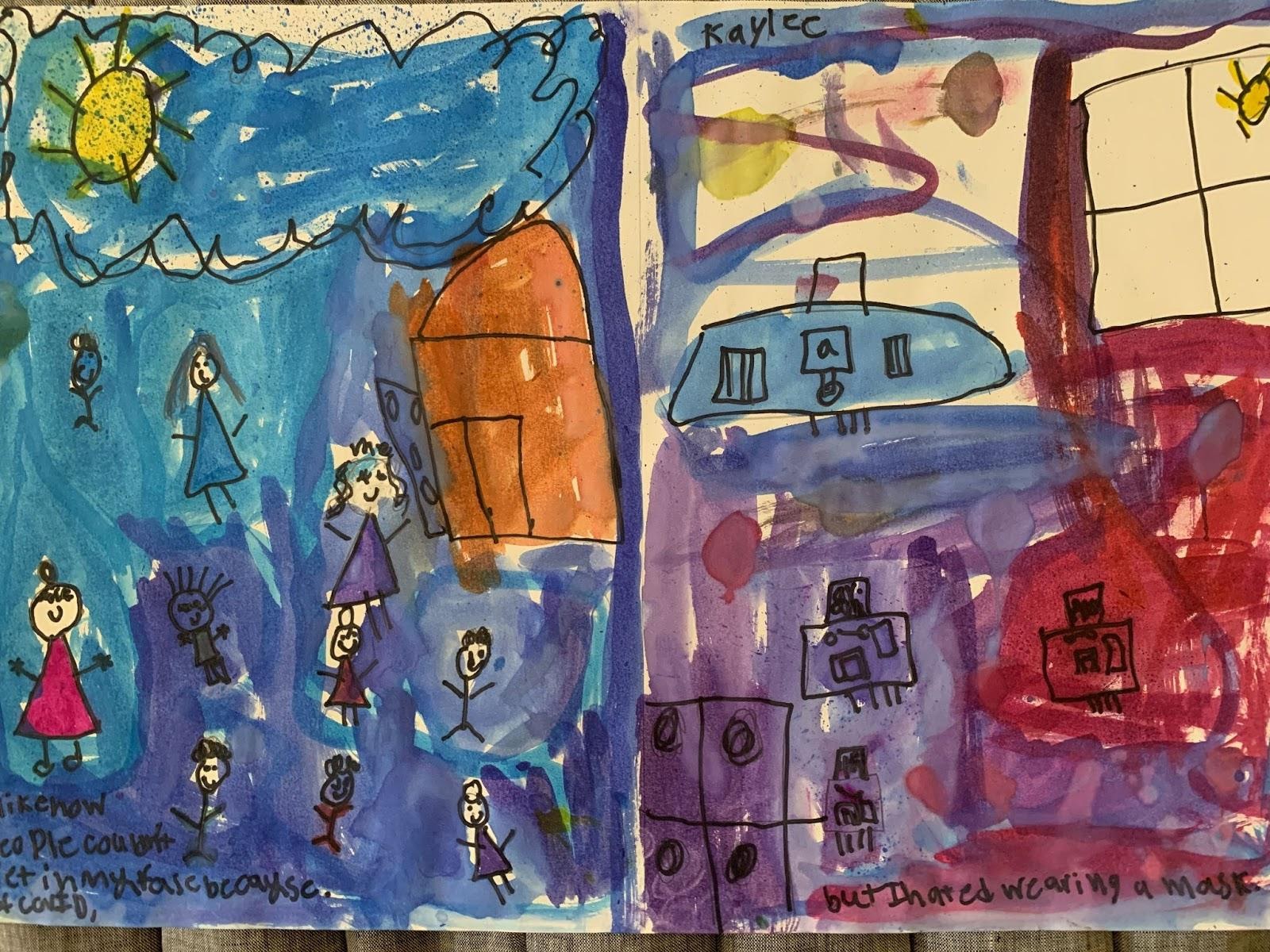
The mental health effects of the pandemic went beyond fear, grief, and loss related to the virus, and even the additional economic strain placed on families. Experts say the disruption and discomfort of safety protocols were stressful for kids.
“Kids are more sensitive, they’re not all rolling with the punches,” said school counselor Phyllis Fagell, author of the book Middle School Matters. It’s the job of the adults in their lives to keep stress from turning into anxiety by giving them tools to cope, she said.
Powerlessness — feeling that the pandemic and all of its protocols have been forced upon them — was part of the stress, Fagell said.
Having the power to help protect their loved ones and friends could actually help, if framed correctly, Fagell said. “We want them to focus on what they can control and what they care about.”
That’s a lesson that extends beyond the pandemic. Mask-wearing isn’t the last opportunity kids will have to embrace an inconvenience or disruption by seeing it as a contribution to their community.
Crandall’s success in helping alleviate her students’ anxiety meant that the kids didn’t feel the urgency of mask wearing out of fear. She instead had to appeal to their shared values as a class — empathy for those who might have been fearful, civic duty to “slow the spread”, and care for the health of others.
So instead of “the school is making me wear this uncomfortable mask,” Crandall would emphasize that choosing to wear a mask is a way to strengthen the community bond, because they knew they were sacrificing some comfort to keep each other safe.
The mind-shift worked: “keeping our community safe” was the best part of the year, student David Sutton said.
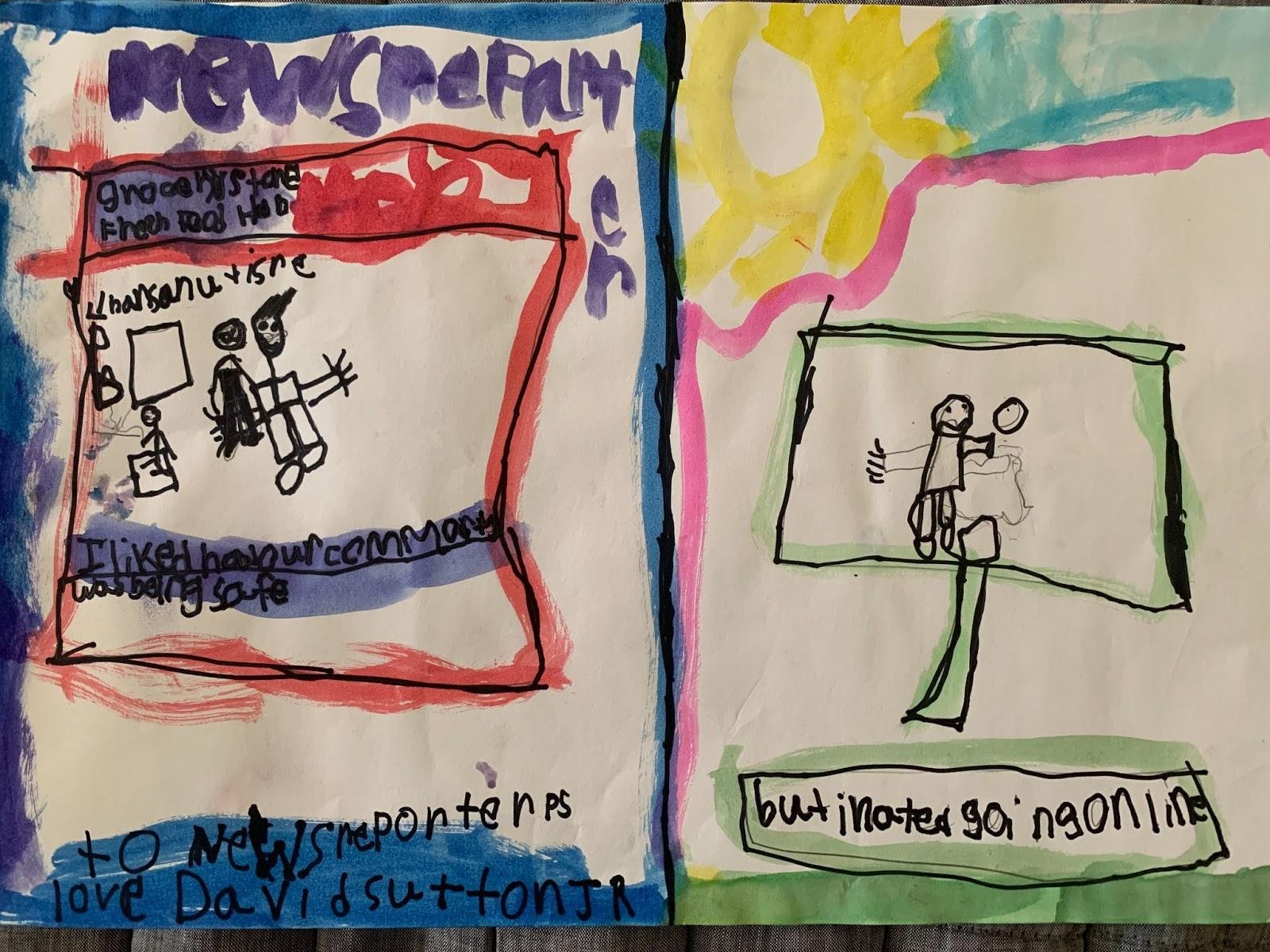
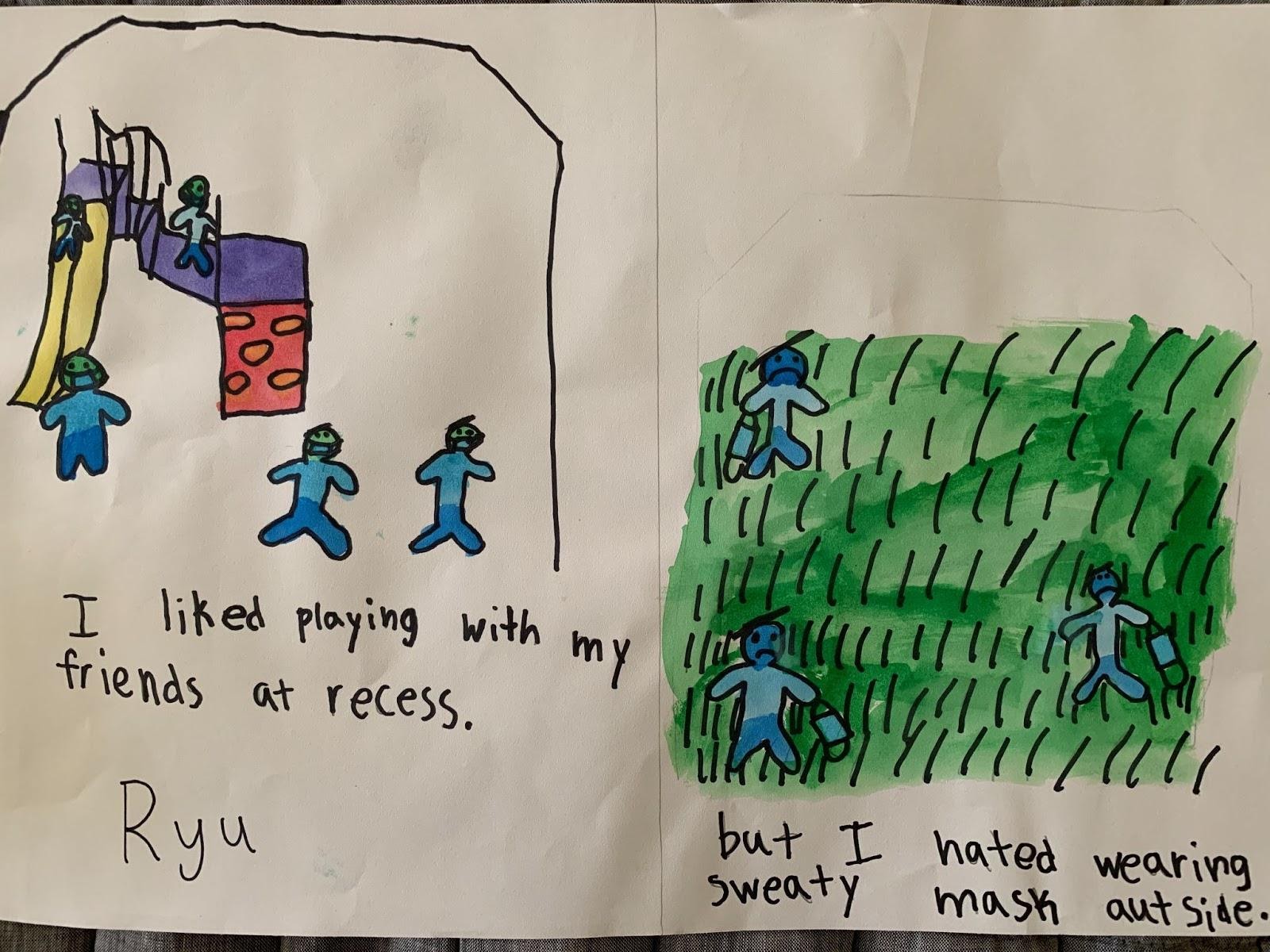
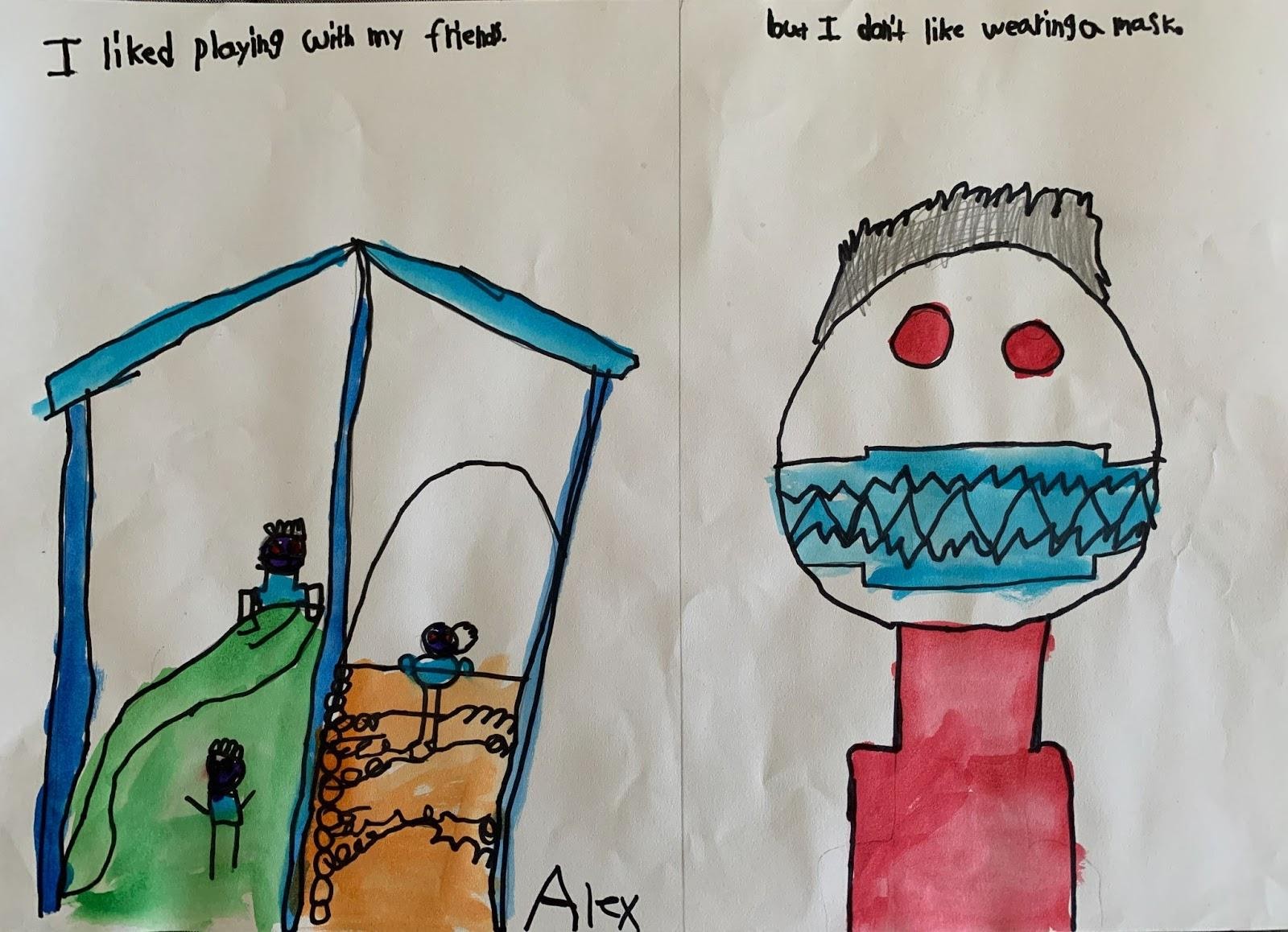
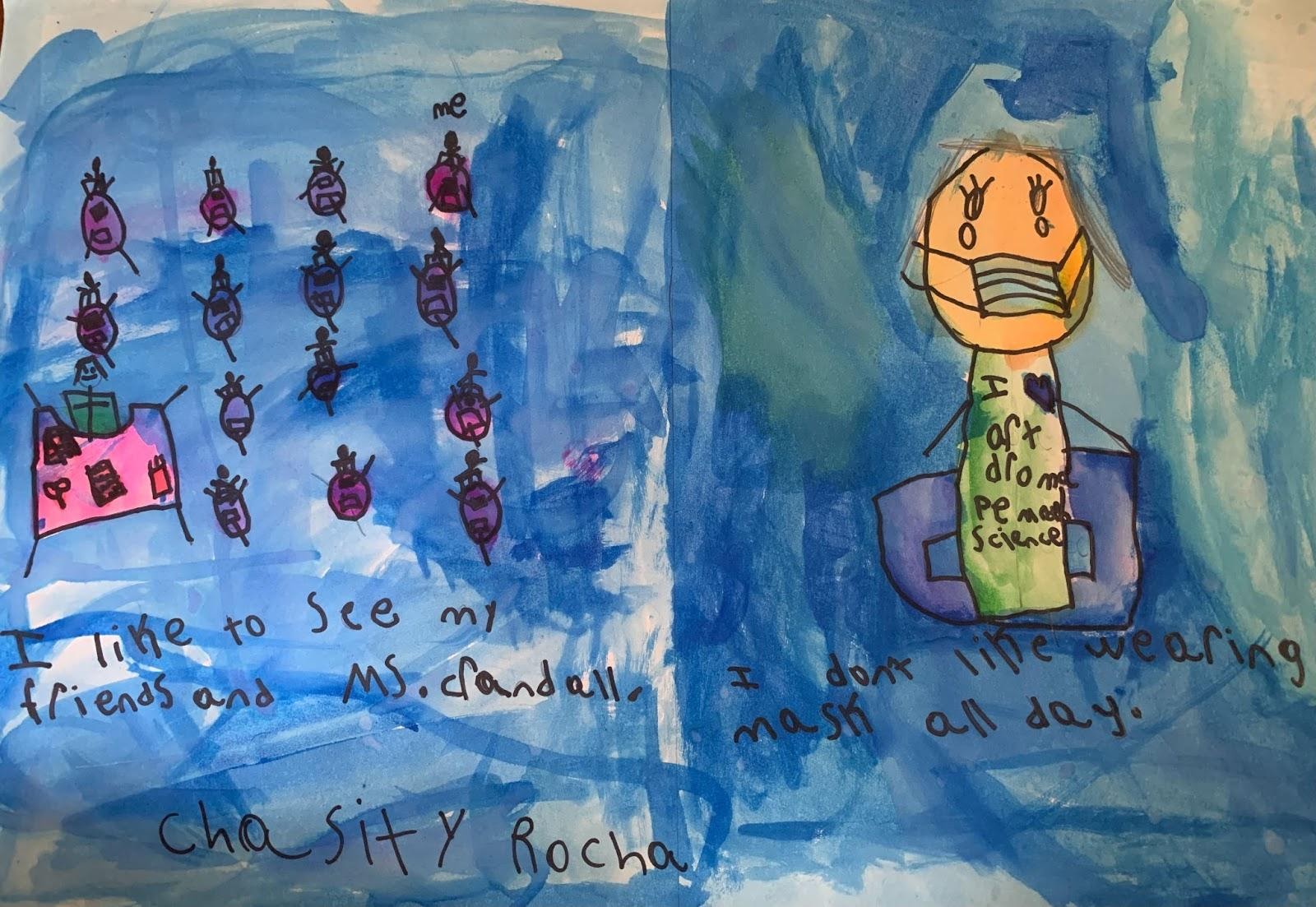
Lead photos by Bekah McNeel, design by Cheryn Hong
Get stories like these delivered straight to your inbox. Sign up for The 74 Newsletter

